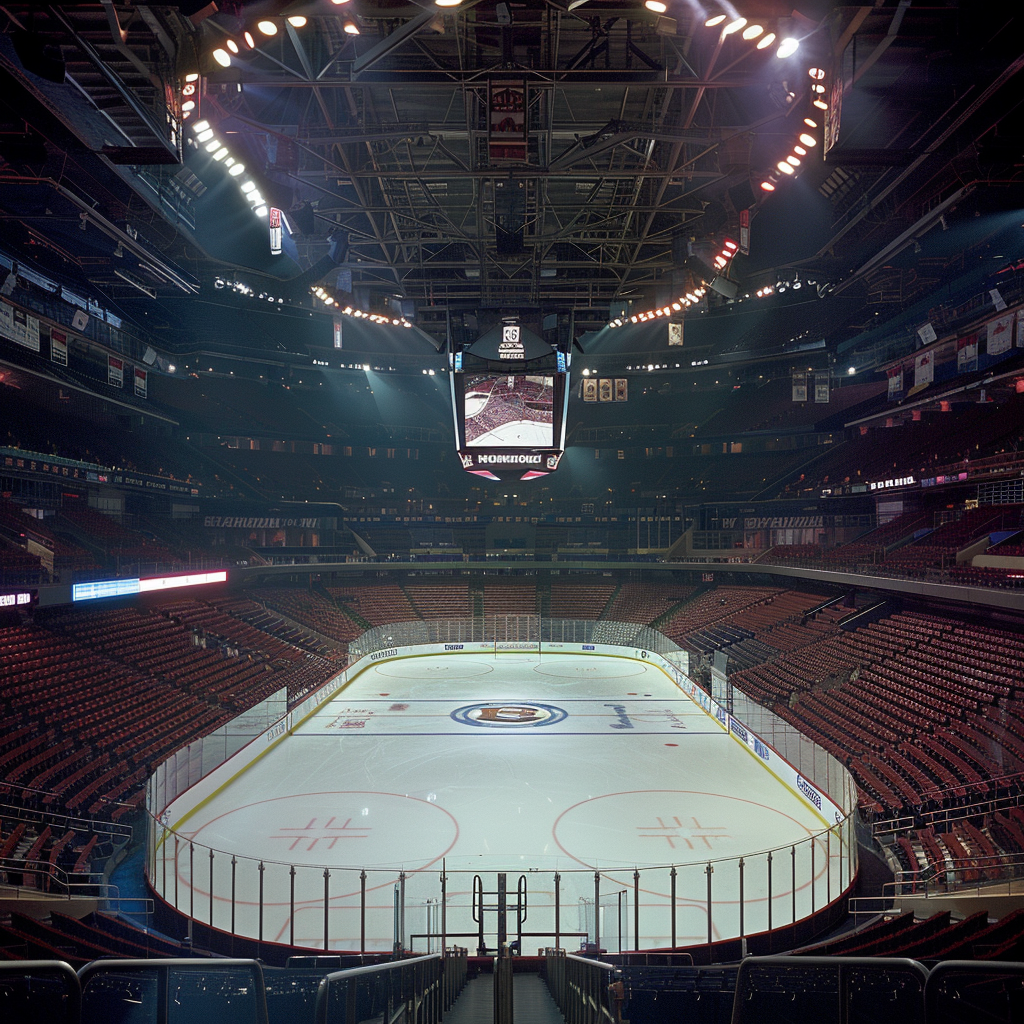Hockey arenas: from small ice palaces to large stadiums


It is an information portal dedicated to the study of the impact of sports on various aspects of public life.
Breaking News:
Online Gambling Site: The Double-Edged Sword of Digital Betting in Modern Society
The Impact of Sports on Economic Mobility in Underserved Communities
The Role of Sports in Fostering National Identity in Multicultural Societies
Gender Dynamics in Sports: Breaking Stereotypes and Barriers
E-Sports: Redefining Athleticism and Its Societal Perception
Kathmandu Nepal
Friday, May 23, 2025

Hockey is one of the most popular sports in the world, especially in cold climates. A key role in this sport is played by hockey arenas, which can vary significantly in size and capacity. From small ice palaces where young athletes train, to huge stadiums that host international tournaments, each arena has its own characteristics and purpose.
Small ice palaces are an important part of the hockey infrastructure. They are usually located in small towns and cater to local teams and amateurs. The main characteristics of such palaces include compact size, a limited number of seats for spectators and simpler technical equipment compared to large stadiums. Small ice palaces play a key role in the development of youth and amateur hockey, providing training opportunities, local tournaments and competitions. Examples of famous small ice palaces include the Navy Arena in St. Petersburg and Yunost in Yekaterinburg.
Medium arenas are the optimal solution for training and regional competitions. They combine the advantages of small palaces and large stadiums. The main features of such arenas include:
Mid-sized arenas often become the center of the local community, fostering hockey culture and economic growth. They allow various sports events to be held and actively involve local residents in sports life.
Large hockey stadiums are the centers of sports life in large cities and metropolises. They are intended for holding international competitions, championships and major tournaments. Such stadiums are impressive in size and can accommodate tens of thousands of spectators. Features of large stadiums include advanced technologies in the field of lighting and sound, high quality ice and comfortable conditions for spectators. Examples of the world’s largest hockey stadiums include Arena 2000 in Yaroslavl and the Bolshoi Ice Palace in Sochi.
Multifunctional arenas represent a modern trend in the construction of sports facilities. Such arenas can be transformed to host various sports and events, including concerts, exhibitions and conferences. The transformability of arenas allows for maximum use of space and attracts a wide range of events. Examples of multifunctional arenas include the St. Petersburg Ice Palace and Megasport in Moscow. These arenas have significant economic and cultural significance, contributing to the development of sports and culture in the region.
Modern technologies play a key role in the construction and operation of hockey arenas. The use of the latest materials and technologies allows us to build more energy-efficient and environmentally friendly facilities. Modern arenas are equipped with advanced ice cooling, lighting and sound systems. It is important to note environmental aspects such as using renewable energy and minimizing carbon emissions. Examples of modern projects include the Country Arena in Kazan and the Minsk Arena in Belarus, which demonstrate high standards of quality and innovation.
Hockey arenas are an integral part of sports infrastructure, from small local palaces to huge international stadiums. Each type of arena plays an important role in the development of hockey and sports culture in general. Whether it’s supporting young talent or hosting world championships, hockey arenas remain centers of sports life and places where great athletes are born.
Small ice palaces are more accessible and economical to build and maintain. They play a key role in the development of youth and amateur hockey by providing training opportunities and local competitions.
Modern technologies make it possible to build more energy-efficient and environmentally friendly arenas, use innovative materials and integrate multi-functional capabilities, which increases their economic and social value.